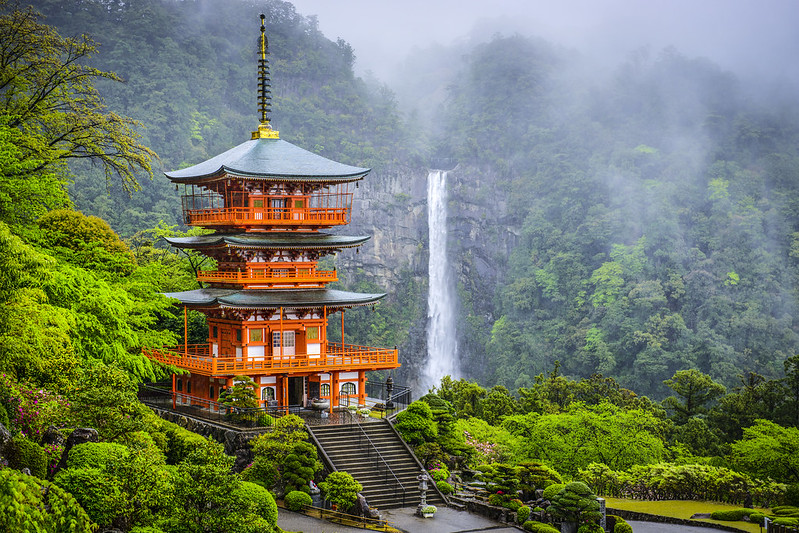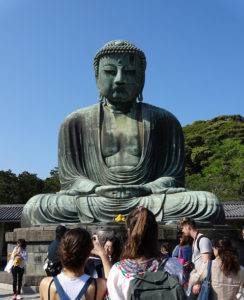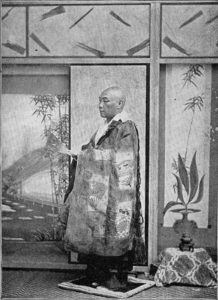
Buddhism in Japan
 Gautama Buddha , Siddhārtha Gautama, Shakyamuni, or Buddha, was a sage whose teachings are the foundation of Buddhism. Regarded as the central figure in Buddhism (obviously), he taught mostly in Northeast India sometime between the sixth and fourth centuries. Buddha means “awakened one” or “enlightened one.” The accounts of Gautama Buddha’s life, monastic rules, and discourses were memorized and passed down by oral tradition . They were not committed to writing until 400 years later.
Gautama Buddha , Siddhārtha Gautama, Shakyamuni, or Buddha, was a sage whose teachings are the foundation of Buddhism. Regarded as the central figure in Buddhism (obviously), he taught mostly in Northeast India sometime between the sixth and fourth centuries. Buddha means “awakened one” or “enlightened one.” The accounts of Gautama Buddha’s life, monastic rules, and discourses were memorized and passed down by oral tradition . They were not committed to writing until 400 years later.
Great Buddha of Kamakura. | KCP Flickr
Buddhism spread from the Indian Subcontinent to China and most of Central Asia via the Silk Road and reached Japan eventually. Buddhism in Japan has been thought to have been practiced since sometime near 550 CE or even as early as the Kofun period, 250-538 CE. In modern times, the most popular schools of Buddhism in Japan are Pure Land Buddhism, Shingon Buddhism, Nichiren Buddhism, and Zen. Buddhism has had a major influence in the development of Japanese society and culture even now.
Buddhism and Buddhist institutions had great influence on the Japanese people throughout history; they peaked during the Kamakura and Muromachi periods. Buddhist institutions were used by the shogunate to control the country and its people. Buddhist temples also played a major administrative role during the Edo period via the Danka system (where families provide financial support for a Buddhist temple in exchange for their spiritual needs).
This type of system required Japanese citizens to register at their local Buddhist temple in order to obtain a certification (uke) that was necessary for an individual to function in society.
Seiganto-ji Pagoda and Nachi Falls
The whole of Japan converted to Buddhism in 548 CE. The period following the conversion saw Buddhist influences in Japanese art beginning with classical Greco-Buddhist art (a combination of Classical Greek culture and Buddhism). Many of these elements still remain to be an inspiration today, as seen in some Nio guardian deities in Japanese Buddhist temples.

